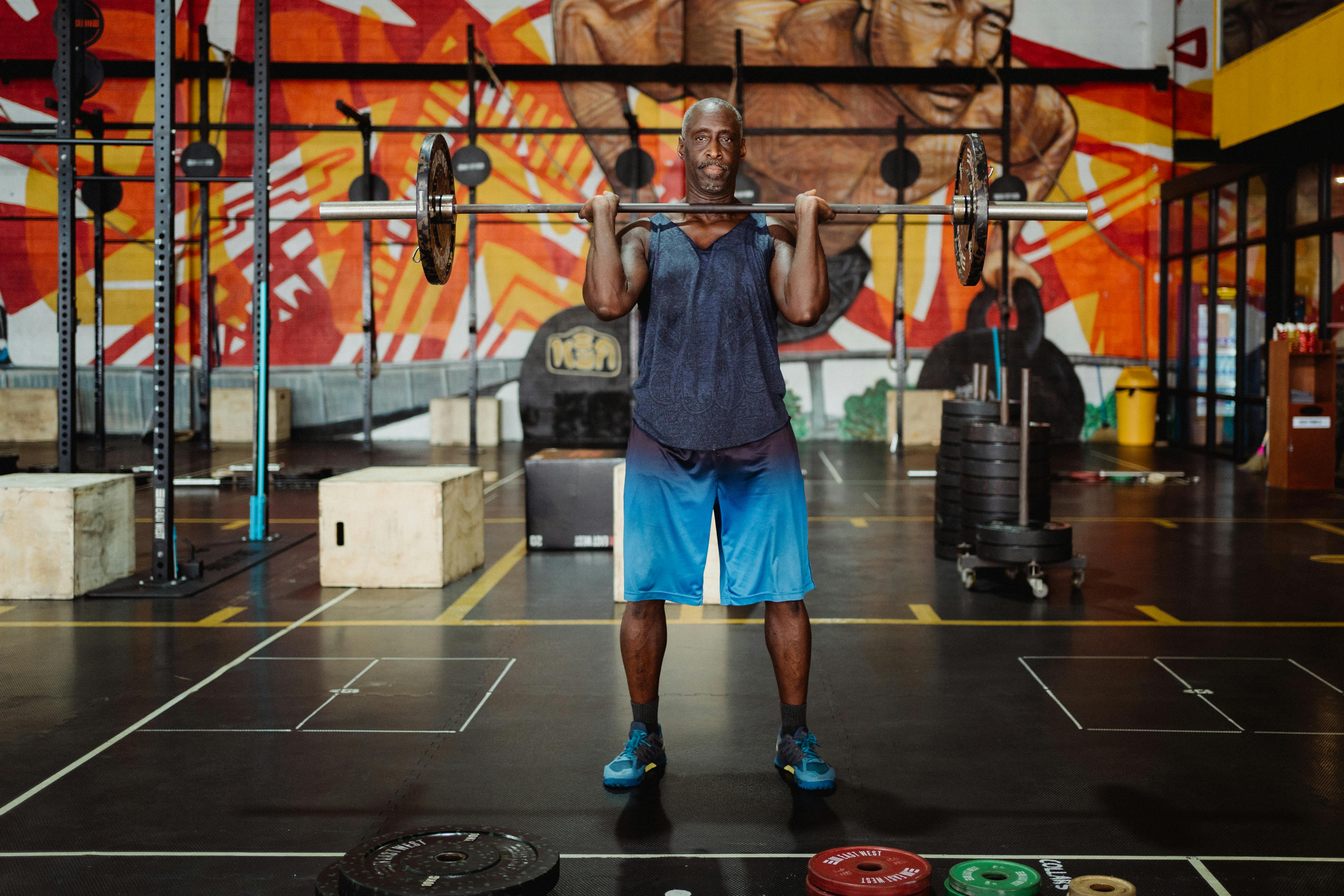Sharpening is a first cousin of the word sharpening, which is a broader known process and has been a part of our lives since the Stone Age and possibly before. Since our earliest ancestors were hunters and gatherers, sharp weapons and tools were necessary for daily survival. The stones were formed into sharp “arrowheads”, which allowed the invention of the “bow and arrow”. During the Bronze Age, metals like copper and tin came together and became part of human history in the creation of weapons, bulletproof vests, sculptures, and artifacts. The Bronze Age finally had a great impact on efficiency in our more recent days of agriculture and manufacturing. Since metals were used for more than weapons, sharpening was not the only process required to refine metal surfaces.
Unlike sharpening, honing is a very fine and precise process. Burnishing specifically focuses on enhancing the geometric shape of an object and is also used to create a desired texture for metal surfaces. By taking an abrasive surface or object, such as a whetstone, and applying it to a metal surface, you can alter the shape of a metal object or create a desired texture from rough to smooth and to varying degrees. Honing machines allow machined metal parts to be finished to the desired texture to specification. For example, delicate metal parts on a musical instrument or handgun would require more precision during the honing process and leave no room for specification errors. Auto parts such as brake rotors require a polished effect along with grooves and notches for the application of other work pieces. When polishing the metal surfaces of brake rotors, the specification is important, but not as delicate and precise as musical instruments or hand guns. Accuracy in these types of examples is paramount.
Most manufacturers who create metal parts use some type of burnishing process in the finish of these parts. Some manufacturers have an in-house machine shop or honing machine on their assembly line. Smaller operations with occasional honing jobs may choose to outsource this process to a local machine shop that can hone their parts to specification. Either way, polishing metal parts will give the finished product the desired result per product specifications.
With regards to texture, there are various amounts of desired metallic textures, from rough to smooth. On some metal parts, a ridged texture may be desired. Using a specific type of abrasive surface against the object or piece of metal will give the desired result. When creating notches or grooves, also known as “keys,” the burnishing process can be used to create this specific shape and give a smooth or rough edge, as required by the specification.
Basically, we have all been surrounded by a large number of objects that required the burnishing process. Polished metal parts are found in our cars, machinery, small engines, and even delicate gears in musical instruments, as well as in our modern weapons like handguns. The next time you look at a textured or carved metal object, just think about the precise work that went into “polishing” the grooves, notches, holes, and keys to create the desired surface textures.
